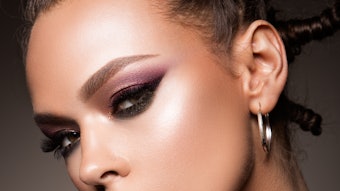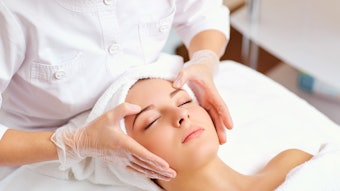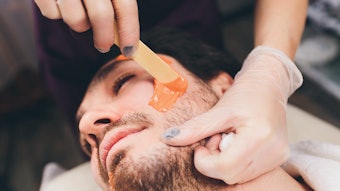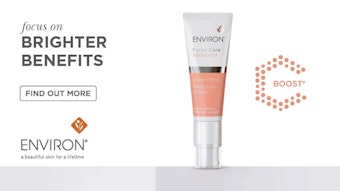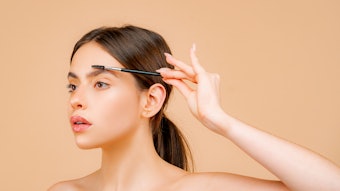
During the first day of Skin Inc.’s Face & Body Southeast, JoElle Lee spoke to a packed classroom on the ways of treating hyperpigmentation in people of color and multicultural skin types.
According to Lee, 80% of the world’s population has skin of color, and by the year 2050 more than 50% of the U.S. population will be of non-European descent. She continued by saying that the demand for cosmetic procedures in this segment is expected to soar in the next decade.
Hyperpigmentation is currently the top condition treated among people of color with 65% of black clients and 53% of Hispanic and Asian clients. Primary causes of hyperpigmentation in people of color include adult acne, ingrown hairs, inflammation, skin injuries, fluctuating hormones, hormonal imbalance, diet/obesity, certain diseases, medication, aging skin and excessive sun exposure.
Lee stated, “All skin tones suffer from hyperpigmentation. It’s the treating of the condition that differs.”
Treatments for acne, hyperpigmentation and post-inflammatory hyperpigmentation include:
- A series of no-downtime chemical peels;
- A series of laser treatments;
- Combination therapy: A series of peels combined with a series of laser treatments;
- Prescription strength 4-6% hydroquinone or lightening agents;
- Customized homeware product regiment; and
- Recommended dietary changes—an-inside-out approach.
Treatments for melasma, PFB and razor bumps include:
- Combination therapy-A series of laser treatments combined with a series of no-downtime chemical peels;
- Prescription strength 4-6% hydroquinone or other naturally based lightening agents; and
- A series of laser treatments, which “is the most effective way to completely rid a client of PFB, followed by hyperpigmentation treatments,” according to Lee.
Lee urged the class to introduce treatments with caution and proceed with “baby steps” so nothing traumatic happens to the client. When starting treatment, specifically hydroquinone, she starts with the whole face because “spot treatment will leave a white halo effect around each spot.”
She offered a sample treatment plan to the audience:
- After the first chemical peel, the client will apply hydroquinone to their entire face in the morning and at night, for two weeks.
- Proceeding the second peel, the client will apply hydroquinone to their entire face at night and spot treat during the day, for two weeks
- Following the third peel, the client will apply spot treat with hydroquinone at night and during the day, for two weeks
- After the fourth and fifth peel, clients will only spot treat with hydroquinone at night, for two weeks.
- Once the hydroquinone treatment is complete, the client will continue with a maintenance product.
According to Lee, combining lasers and chemical peel treatments can give clients rapid and visible results. She added that clients want to see results and are often discouraged by laser treatments alone.
One final tip Lee gave to class attendees was to build a relationship and trust with clients. A trusting relationship will help clients open up about their lifestyle and habits that may not be revealed at first, but play a major role in the state of their skin.

